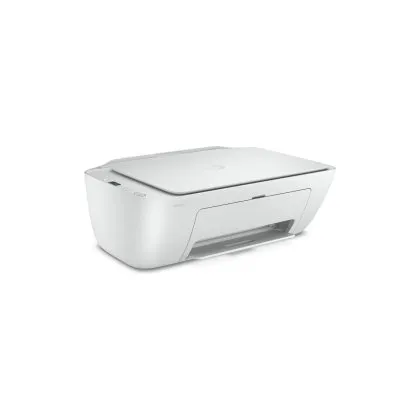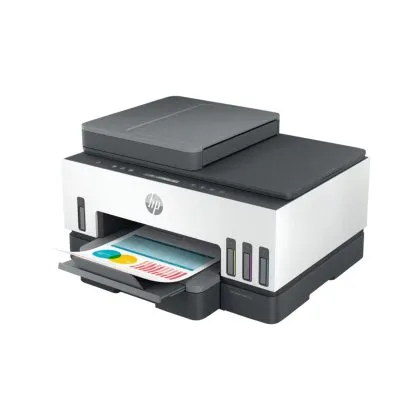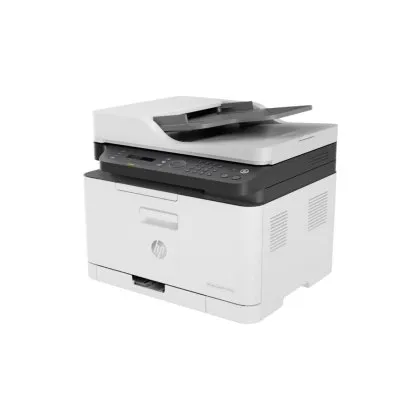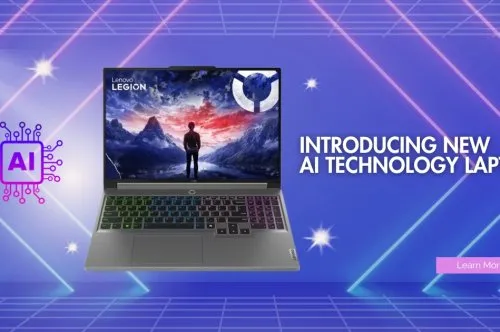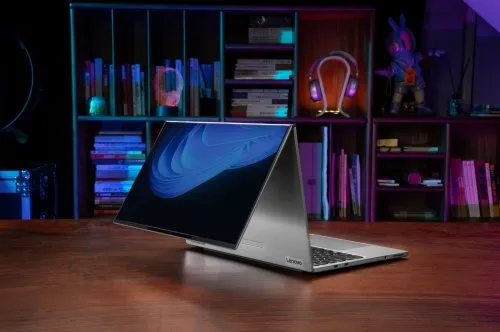What Does TOPS Mean in AI?

What Does TOPS Mean in AI? A Deep Dive into Performance Metrics
As artificial intelligence (AI) continues to evolve at a breakneck pace, understanding the metrics that measure its performance is becoming increasingly important. One of the key terms you'll hear is TOPS, which stands for "Tera Operations Per Second." But what does this really mean, and why should you care? Let’s break it down together.
What is TOPS?
At its core, TOPS is a way to measure how powerful an AI processor is. It tells you how many operations a processor can perform in one second. To put it simply, 1 TOPS equals 1 trillion operations per second! This metric is especially useful when evaluating different types of AI hardware, such as Graphics Processing Units (GPUs), Tensor Processing Units (TPUs), and other specialized chips designed for AI tasks.
Why TOPS Matters in AI
-
Benchmarking Performance: Think of TOPS as a universal scorecard for comparing various AI hardware. It helps developers and companies figure out which processors are best for their specific needs—whether that's training a complex deep learning model or running real-time inference in applications.
-
Real-time Processing: Many AI applications, like those used in self-driving cars or facial recognition systems, need to process massive amounts of data instantly. A higher TOPS rating means the hardware can handle these demanding tasks more smoothly, reducing lag and improving the overall user experience.
-
Future-proofing: AI models are getting more complex, which means they need more processing power. By understanding TOPS, businesses can make informed decisions about their hardware investments, ensuring they’re ready for future demands and challenges.
-
Energy Efficiency: It's also crucial to look at TOPS in relation to power consumption. High TOPS ratings with lower energy requirements indicate a more efficient and sustainable solution. This is particularly important for large-scale AI deployments, where energy costs can add up quickly.
Current Trends in AI Hardware
The landscape of AI hardware is constantly changing, with companies competing to push the limits of performance. Recently, we've seen processors that can exceed 100 TOPS, opening the door to even more advanced and resource-heavy AI applications. Innovations in chip design and specialized AI accelerators are key to achieving these impressive performance levels.
Challenges and Considerations
While TOPS is a helpful metric, it’s essential to keep in mind its limitations. It mainly measures raw computational power, which doesn’t always equate to real-world performance. Other factors, like memory bandwidth, architectural efficiency, and software optimization, also play critical roles in how well a system performs.
Conclusion
In the fast-paced world of artificial intelligence, understanding metrics like TOPS is vital for grasping hardware capabilities. As AI becomes more integrated into our daily lives and various industries, having a solid understanding of these performance metrics will help developers, businesses, and researchers navigate the technology landscape more effectively. By focusing on hardware with strong TOPS ratings, stakeholders can ensure they’re prepared to tackle the exciting challenges that lie ahead in AI.
 English
English Arabic
Arabic